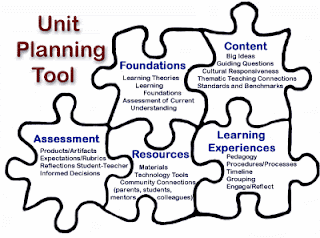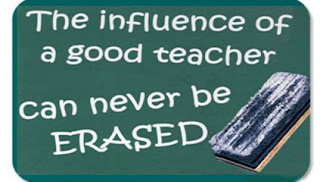June 23, 2015
On this day I had the privilege of conducting SAE home visits with Mr. Wallace. I got to meet two of the most active students SAE wise. The first student we visited Brandon. He works with his dad on their large farm. They have about 20-30 dairy cattle they still milk. The farm is mainly crop and hay production. Brandon works on the farm full time to help his dad. They had just bought a new tractor. Mr. Wallace was asking him questions about the engine, where they bought it, and what it will be used for. The family had just went through a hard time with one of their larger producing dairy cows had just died earlier that morning. For just that half hour that I was at Brandon's farm, I saw how this SAE was important to him and his family.
The second student we visited that day was Hanna. She was raising beef projects for the county fair. At this SAE visit I got to see the importance of community to the students and their projects. Her neighbor that owns a beef cattle farm let her keep her steers in their barn. Their families helped each other out. The set up was amazing at the farm. There was a wash rack, scales, and a large pen the steers had to grow in. I got to meet the owner of that farm. They also showed me a little more of their calving set up.


In the end, I enjoyed these SAE visits. They got cut short because of the huge storms rolling it, but they still served their purposes. I saw the importance of home visits, community, and family commitment to these students' projects.
August 19, 2016
This was my second SAE visit. This time it was at the county fair. I got to see more projects. Even though the students weren't there at the moment, Mr. Wallace knew a lot about them and answered all the questions I had. There was a mixture of animal projects at the fair. I had the opportunity to watch the hog show and visit with Hanna again. I got to see the final outcome of her project.
I learned that visits outside of school are important. The teacher can get to know the students and parents on a different basis than in a school setting. The teacher can learn from the students, just like the students learn from the teacher.
Until next time, "The dream begins with a teacher who believes in you, who tugs you and pushes and leads you to the next plateau, sometimes poking you with a shark stick called 'truth.'"
~Erin Yoest~
Mallorie showing her market hog project.
Cara and Jamie with their prize winning dairy cattle.








































